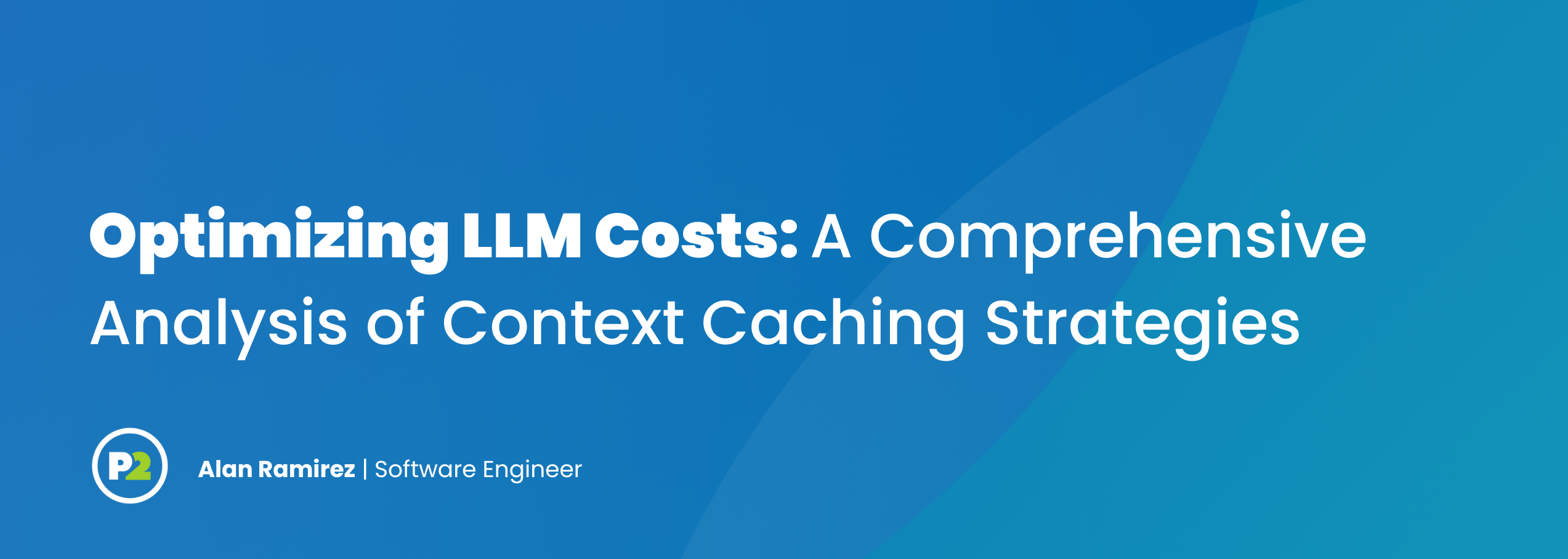Optimizing LLM Costs: A Comprehensive Analysis of Context Caching Strategies
Introduction Large Language Models (LLMs) have revolutionized how organizations process and generate natural language content, but their operational costs can become significant at scale. One of the most effective techniques for reducing these costs is context caching, which allows reuse of static prompt components across multiple requests. This article examines how the three major AI providers—Google (Gemini), Anthropic (Claude), and OpenAI—implement context caching, with detailed analysis of their technical approaches, pricing structures, and practical limitations. The Technical Fundamentals of Context Caching When interacting...
Read Post

